You hear the word’s company and culture placed together quite frequently, but what does it really mean? You can think of culture as the glue that binds the company together, with the CEO being at the center of it. Company culture is increasingly important to millennials as they begin to graduate college. Let’s talk about company culture, why it’s critical for success, and why it’s up to the CEO to set the tone.
It isn’t just about perks, though fancy lunches out are nice. Perks won’t grow the business. Company culture is really about the everyday environment that CEOs provide for their team. Embracing the same vision and company values, employees should be thriving and growing, not competing and underperforming. The idea is that when a team truly comes together, customers will notice and the business will grow.
At the base level, addressing company culture means the CEO needs to address the company’s values, standards, and organization. The CEO should lead by example, consistently demonstrating company values. What does it take for someone to be successful in the company? When new people join the team, they will look to others as an example. What behavior is encouraged and rewarded? What behavior is punished? This sets a tone for the company. It also comes down to the talent that is hired and encouraged to grow with the company. Unqualified team members, or those that simply don’t fit the vision for the company, are going to negatively influence company culture.
CEOs need to stop and listen and watch. What are employees saying and how are they behaving? If CEOs take the time to listen, they will understand when employees are struggling with a project or feeling overwhelmed by their workload. Open dialogue means employees should feel comfortable talking to the CEO, because they know he or she is the one who will take action to fix it. If the company is large or it simply isn’t possible for each person to talk the CEO, an employee satisfaction survey should be made available. An overworked, overwhelmed team will not grow, and it’s up to the CEO to address that.
Collaboration is crucial and should be encouraged. Consider a game where teams are pitted against one another. If there are only 2 strong people on the team and they carry the bulk of the responsibility, they will easily be overpowered by another team that works together more effectively. Employees want to belong on a team—not compete with one another. The team atmosphere will increase motivation, innovation, and job satisfaction.
Fostering a positive company culture takes time, effort, and commitment, but it’s the right step for your business if you’re hoping to be innovative and successful in the long-term.







